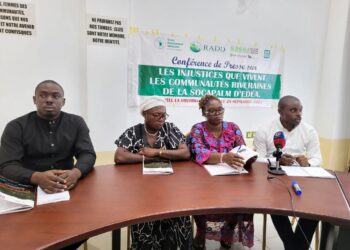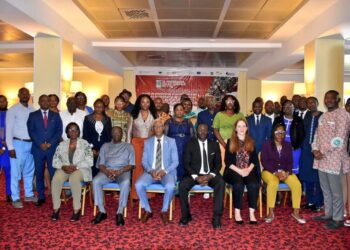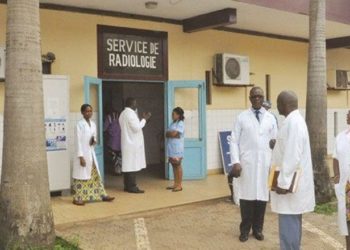The polit phase of the project to foster sustainable border governance by transforming borders from barriers to bridges has been Launched in Cameroon.
In the past, borders have been seen as barriers between nations, usually contributing to short or long term crisis.
During the launching on Wednesday November 18, 2020 chaired by Minister Paul Atanga Nji of Territorial Administration, it was generally agreed that porous or insufficiently delimitated and demarcated borders are often starting points for violent conflicts between African States.
This no doubt hampers regional integration, economic growth and development in an environment of sustainable peace.
Experts are of the opinion that this narrative however has to change.
The Support Project to the ECCAS border Programme has as objectives to retrace the borders and revive the spirit of living together in peace among inhabitants of border zones in order to prevent conflicts or crisis.
Speaking at the launching, the acting Head of the European Union Delegation in Cameroon, Sebastien Bergeon said, “crisis have no borders, so transborder crisis will require transborder solutions”.
That explains why joint border cooperation and governance in defining, marking and managing frontiers is very important.
The launching of the support project in Cameroon was not by chance.
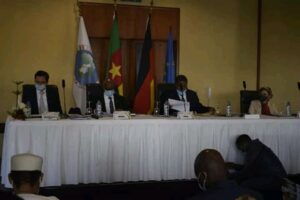
The country has a rich experience in cross border management precisely the Bakassi Border Crisis with Nigeria which was feared could degenerate into a bloody conflict, but was resolved thanks to proper governance from the President of the Republic, Paul Biya.
The country is equally well placed in the Sub region since out of the seven (7) polite borders concerned with the support Programme, four (4) are linked to Cameroon.
The EU and the German Federal Foreign Office both enjoined Cameroon to show prove of leadership towards achieving the set goals.
In the launching speech, Minister Paul Atanga Nji responded accordingly;
“Border management constitute a principal axis in the governance policy of President Paul Biya” he declared.
Statistics from the executing agency of the support project to the ECCAS border Programme, GIZ, shows that the Central African Sub region has about 80.000 Km of borderline, and only one third (1/3) is known.
The goal of the project is to complete the delimitation and demarcation of then respective borders within the remaining two years of the project.

Connecting Countries and People
The ECCAS border Programme is conceptually based on the African Union Border Programme (AUBP) which aims at promoting a peaceful coexistence of denizens from neighbouring countries at their common borders.
By changing borders from barriers to bridges, the programme shall identify cross border projects that brings together all those living along borders irrespective of their countries.
The example of Bakassi in Cameroon was again cited where the use of the currency of both countries (Franc CFA and Niara) is accepted in financial transactions.
This not only connects the two countries but promotes interaction between the inhabitants of the two nations.
Many similar examples can be cited, but the wish is that these border activities should be duly formalised.
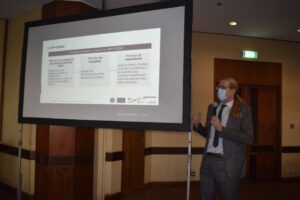
It should be noted that between 2017, more than 130.000 persons have benefitted from cross-border awareness programmes of changing borders from barriers to bridges
More than 6000 km or borderlines have already been delimitated and demarcated.
Numerous border treaties between AU Member States have been signed while border commisions set up to complete the process.




